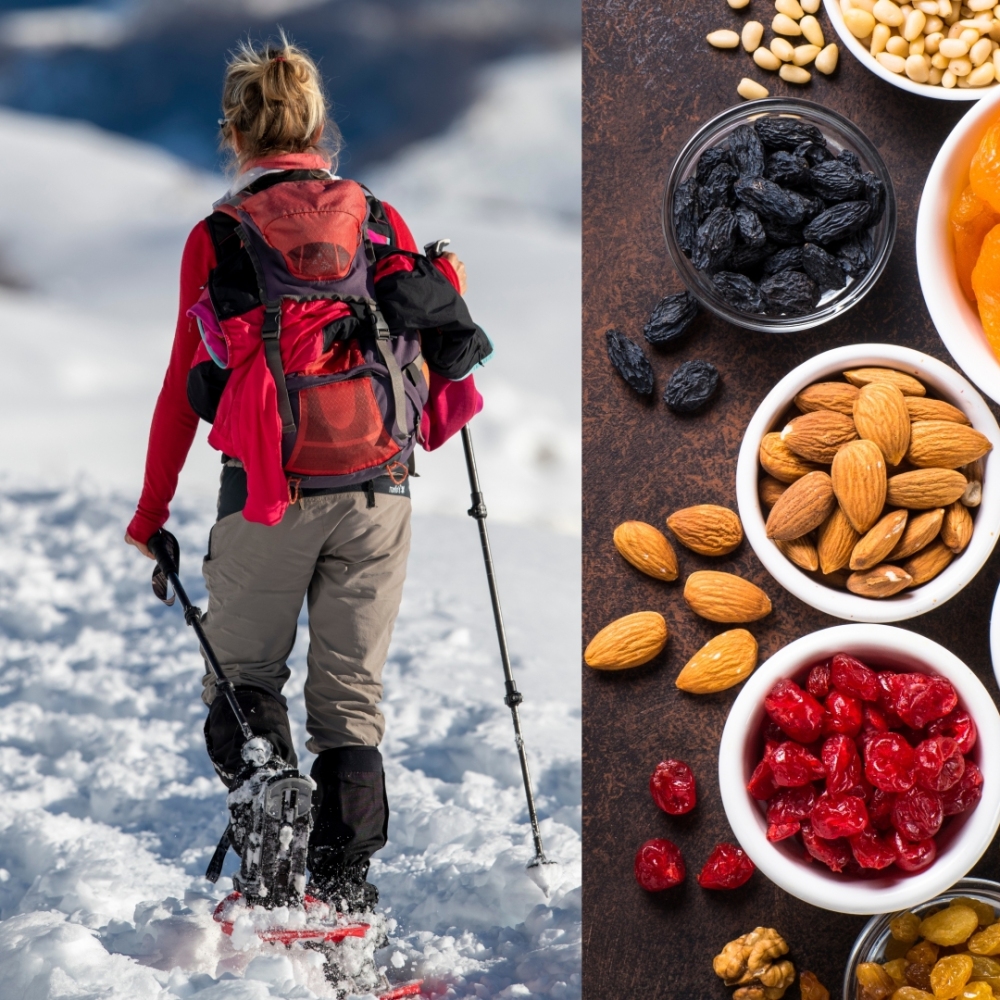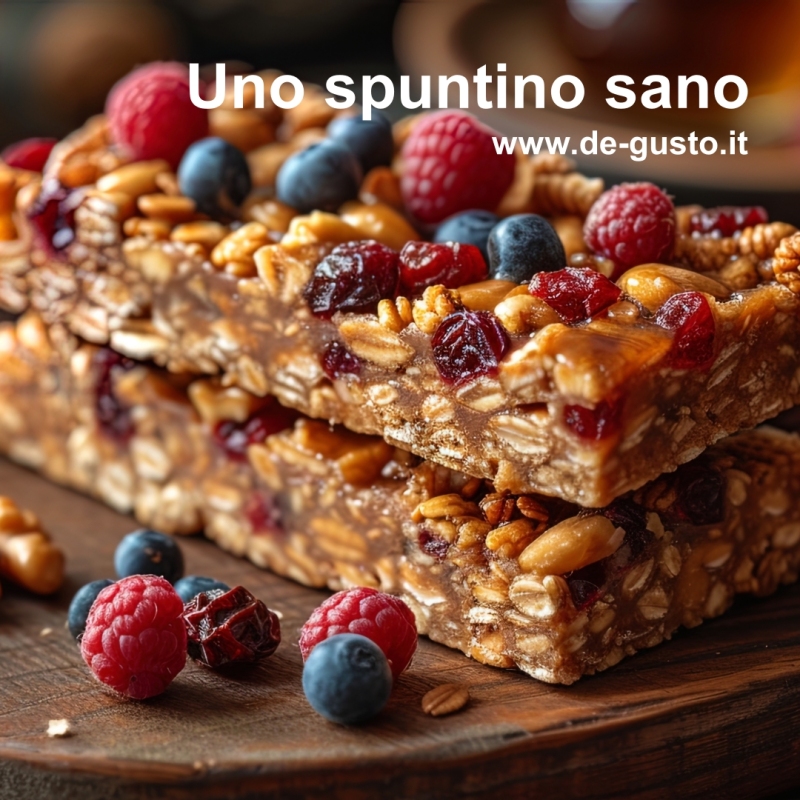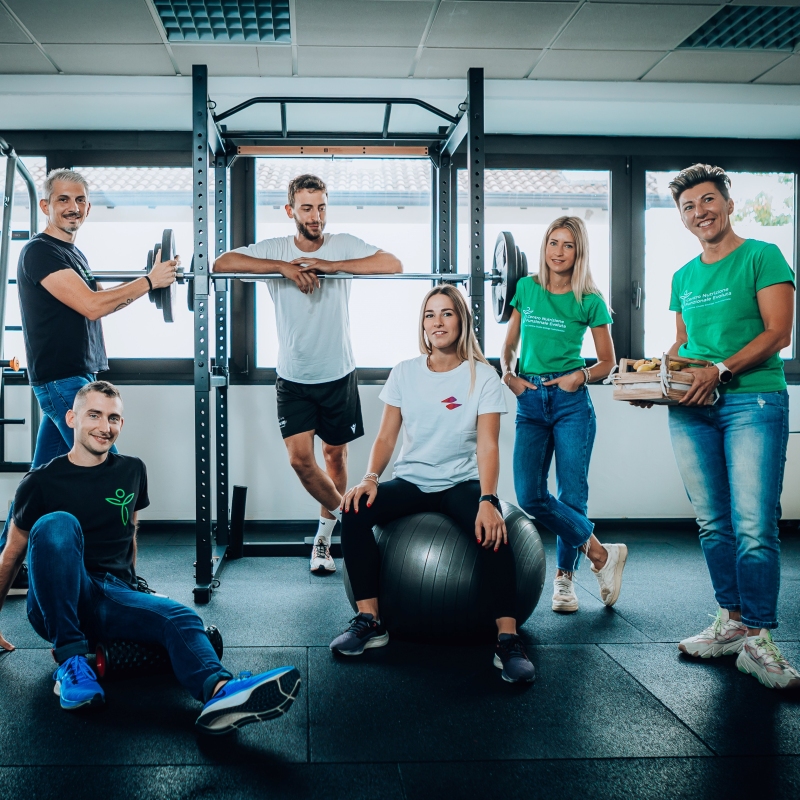Given last week's recent and long-awaited snowfall, let's talk about a winter sport activity that has been attracting more and more enthusiasts in recent years: snowshoeing.
Snowshoes or snowshoes are a tool consisting of an aluminum or plastic frame with a wide, rounded shape; they are attached to mountain boots and, due to their shape, increase the surface area walked on and thus buoyancy, thus allowing us to walk safely even in conditions where normal footwear would cause us to sink into the snow.
As in Nordic walking, two rather long poles are also used, which allow for strength uphill and also help us maintain balance and rhythm.
The beneficial effects of snowshoe walking are numerous, both for the body and the mind.
First, it is an aerobic type of activity that allows you to burn a considerable amount of calories (about 600 calories in an hour).
Walking with snowshoes is more strenuous than normal walking, both because of the greater weight of the feet (with boots and snowshoes), but also because of the sinking that takes place on the snowpack and requires more energy consumption with each step.
Walking on snow allows all major muscle groups to be activated; the lower limbs are definitely stressed, but the trunk muscle groups are also positively affected by the activity. Thanks to the movement of the poles, the shoulders and triceps are also involved in the effort.
Snowshoeing is a physical activity suitable for everyone; the effort can be modulated according to individual ability and degree of training; you can start with shorter, less strenuous routes and then move on to longer routes only when you feel ready.
Some useful tips for the activity:
- Use appropriate clothing and equipment, dressing in layers, avoiding overly padded clothing that would impede movement.
- Not all shoes are suitable to be attached to snowshoes; winter hiking boots should be used
- Do not go snowshoeing alone; even if you know the mountains well, it is always better to go in company
- Evaluate the hours of daylight available, always plan for the time of return.
Also, when the hike becomes strenuous, remember to bring along a snack to keep you going with the right energy.
The important thing is that it should be something that is not bulky, easily digestible and mostly carbohydrate-based (sugars are the main energy substrate that is consumed during this type of activity): for example, a cube of extravecchio Montasio cheese with some crackers, fresh fruit or (non-protein) cereal or dehydrated fruit bars, or even simply dehydrated fruit (prunes, apricots, mangoes...).
Despite the cold weather, don't neglect hydration: a thermos with a hot tea or herbal tea can be a good solution!
Some trails to try here in Friuli-Venezia Giulia:
- Fusine Lakes: walking time about 2 h 30';
- Mount Lussari: approximate travel time 2 h 15' for the ascent, 1h10' for the descent;
- Val Saisera: approximate travel time 3.00 hr; Malga Pramosio: approximate travel time 4 hr a/r;
- Val Gleris: there are two trails, with walking times between 1h 30 and 2 h Sappada: there are several trails;
- Pierabech to Casera Bordaglia di sotto: hiking time 4 hr a/r.
(Article by Dr. Giulia Daniotti)







